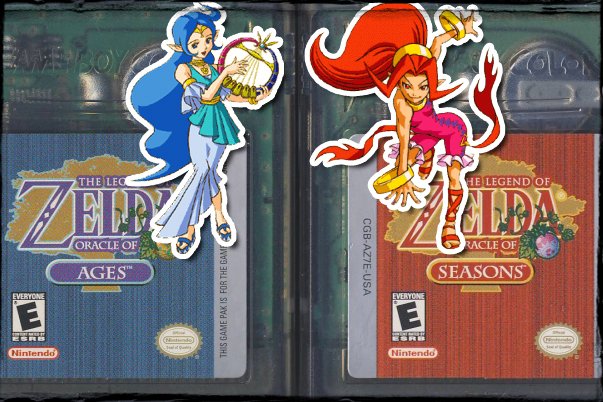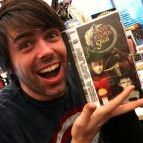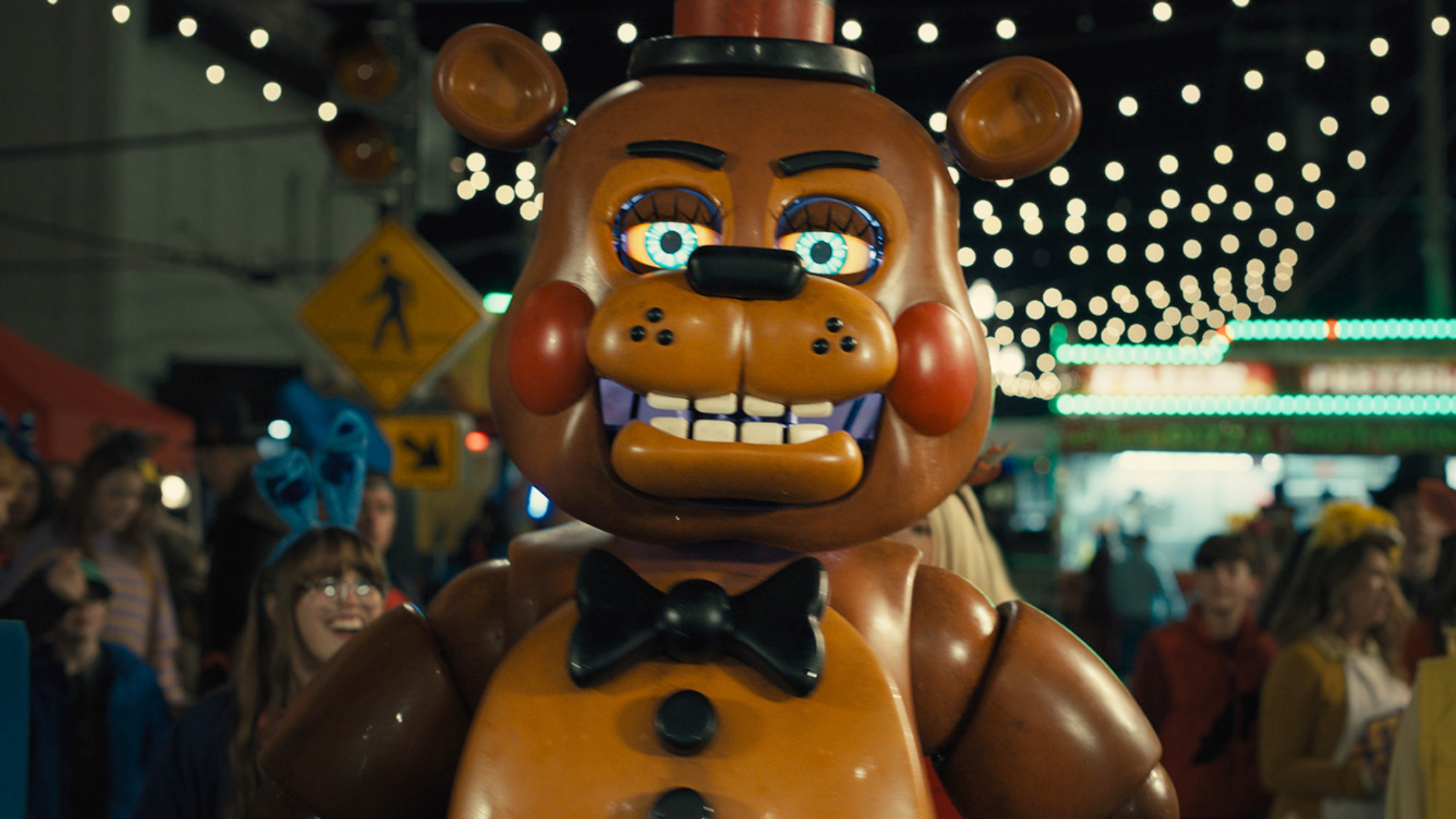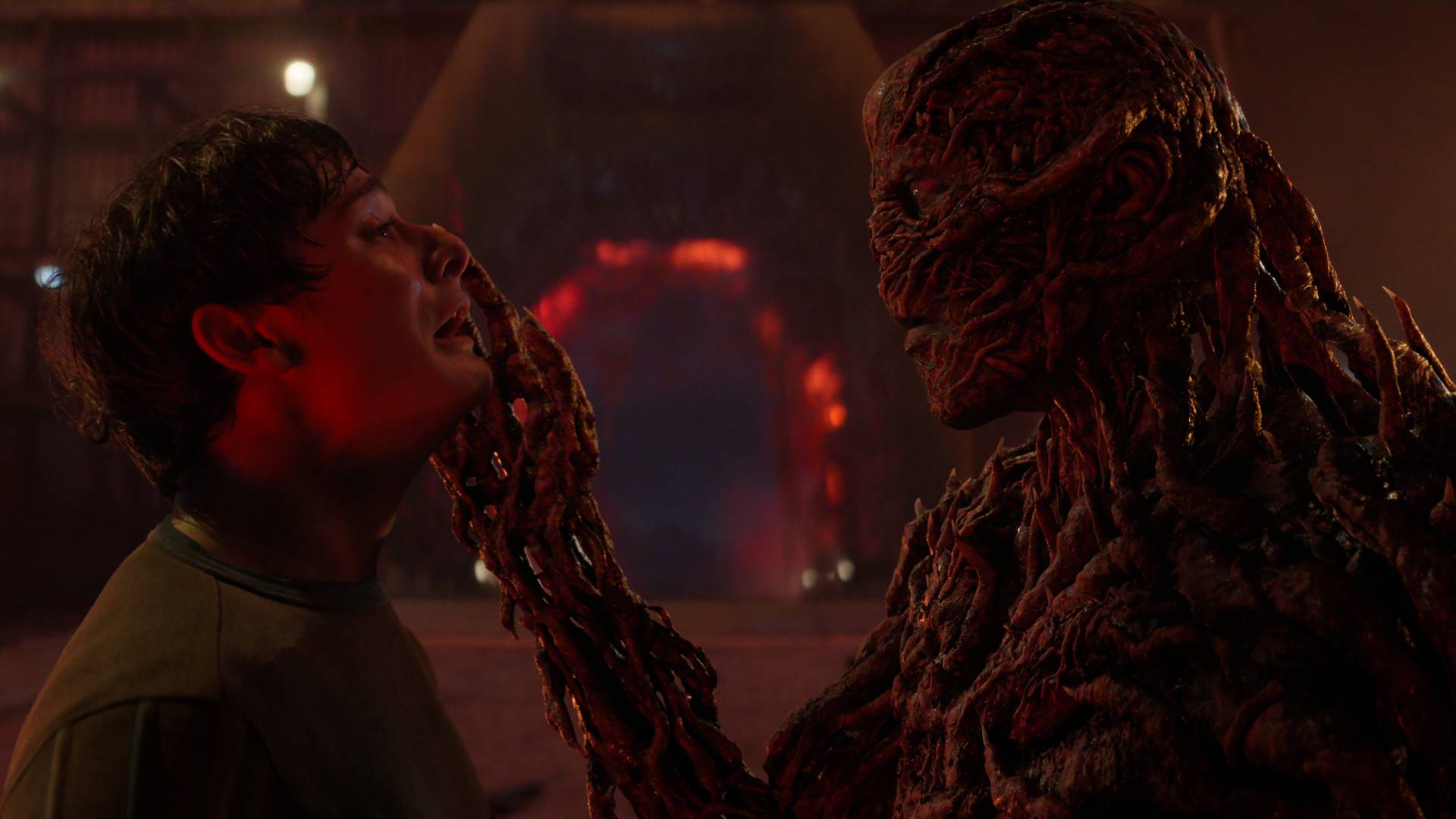Looking back: The Legend of Zelda
The Legend of Zelda: Oracle of Seasons/Ages | GBC (2001)
A two-part tale of seasonal change and time travel that tosses Link all across reality... and two separate Game Boy cartridges.
The legend: Even though Seasons and Ages are totally separate adventures, their basic story is the same - the Triforce summons Link, teleports him to a new realm (either Holodrum or Labrynna) and tasks him with collecting eight objects (Essences of Nature or Time). Once acquired, it's off to a final confrontation with a new villain (either Onox or Veran). But wait - dual mage Twinrova is waiting in the shadows to resurrect Ganon once again.
Master swords: The two games share many of the same items, so there's not a lot to talk about when it comes to new equipment. The only items of note are those referenced in the titles - the Rod of Seasons and the Harp of Ages. The former changes the weather (causing lakes to freeze etc) and the latter hurls Link back and forth through time.
The biggest change to the Zelda formula is the idea of two carts talking to each other. Either could stand alone as its own game, but to get the true ending and stop the inevitable return of Ganon, you had to bounce passwords back and forth between the two titles. Though the stories are fairly similar, the gameplay is not - Seasons is more about action, a near perfect blend of Link's Awakening and the first Zelda (go Aquamentus!), and Ages is way heavy on puzzles. If you fancied both games, you had two enormous adventures to attempt, plus a password reward system that kept you coming back for more.

Best moment: Seeing two brand new Zelda games hit shelves on the same day. That wowed us more than anything else.
Weekly digests, tales from the communities you love, and more
I AM ERROR: While they're perfectly fine games, they both reek of Link's Awakening, which was eight years old at the time. The Game Boy Advance launched mere weeks after these two hit shelves, pretty much ensuring that a huge chunk of potential fans looked the other way. Releasing two conceptually distant Zelda games on the same day forced gamers to choose one or the other, as most people can't afford to run out and buy two brand new games on the same day. We'd also argue that the real ending isn't enough of a payoff to overcome the combined effort of beating both games.
It's a secret to everybody: The original concept called for three titles, with each representing a piece of the Triforce. When linking all three versions together proved too difficult, it was cut to two - Zelda and Ganon don't appear much in either game, but if you use the password system, you'll see that both are crucial parts of the story - Several bosses from the first Zelda appear, including Aquamentus, Gleeok and Digdogger - Miyamoto (and Nintendo in general) had a semi-hands-off approach to these two, usually only offering advice. Flagship Studios did most of the work - There's an idea out there that these two games weren't all that successful, and most people ignored them. Not so. Reported sales are at nearly four million copies. That's more than Wind Waker.
Hero of time? Link's Awakening is too out-there to be considered the best Zelda in our minds, and the Oracle games are essentially reshuffled versions of Koholint Island. Conceptually cool, but far and away not the best Zelda of all time. 8/10
Best moment: Seeing two brand new Zelda games hit shelves on the same day. That wowed us more than anything else.
I AM ERROR: While they're perfectly fine games, they both reek of Link's Awakening, which was eight years old at the time. The Game Boy Advance launched mere weeks after these two hit shelves, pretty much ensuring that a huge chunk of potential fans looked the other way. Releasing two conceptually distant Zelda games on the same day forced gamers to choose one or the other, as most people can't afford to run out and buy two brand new games on the same day. We'd also argue that the real ending isn't enough of a payoff to overcome the combined effort of beating both games.
It's a secret to everybody: The original concept called for three titles, with each representing a piece of the Triforce. When linking all three versions together proved too difficult, it was cut to two - Zelda and Ganon don't appear much in either game, but if you use the password system, you'll see that both are crucial parts of the story - Several bosses from the first Zelda appear, including Aquamentus, Gleeok and Digdogger - Miyamoto (and Nintendo in general) had a semi-hands-off approach to these two, usually only offering advice. Flagship Studios did most of the work - There's an idea out there that these two games weren't all that successful, and most people ignored them. Not so. Reported sales are at nearly four million copies. That's more than Wind Waker.
Hero of time? Link's Awakening is too out-there to be considered the best Zelda in our minds, and the Oracle games are essentially reshuffled versions of Koholint Island. Conceptually cool, but far and away not the best Zelda of all time. 8/10
A fomer Executive Editor at GamesRadar, Brett also contributed content to many other Future gaming publications including Nintendo Power, PC Gamer and Official Xbox Magazine. Brett has worked at Capcom in several senior roles, is an experienced podcaster, and now works as a Senior Manager of Content Communications at PlayStation SIE.



